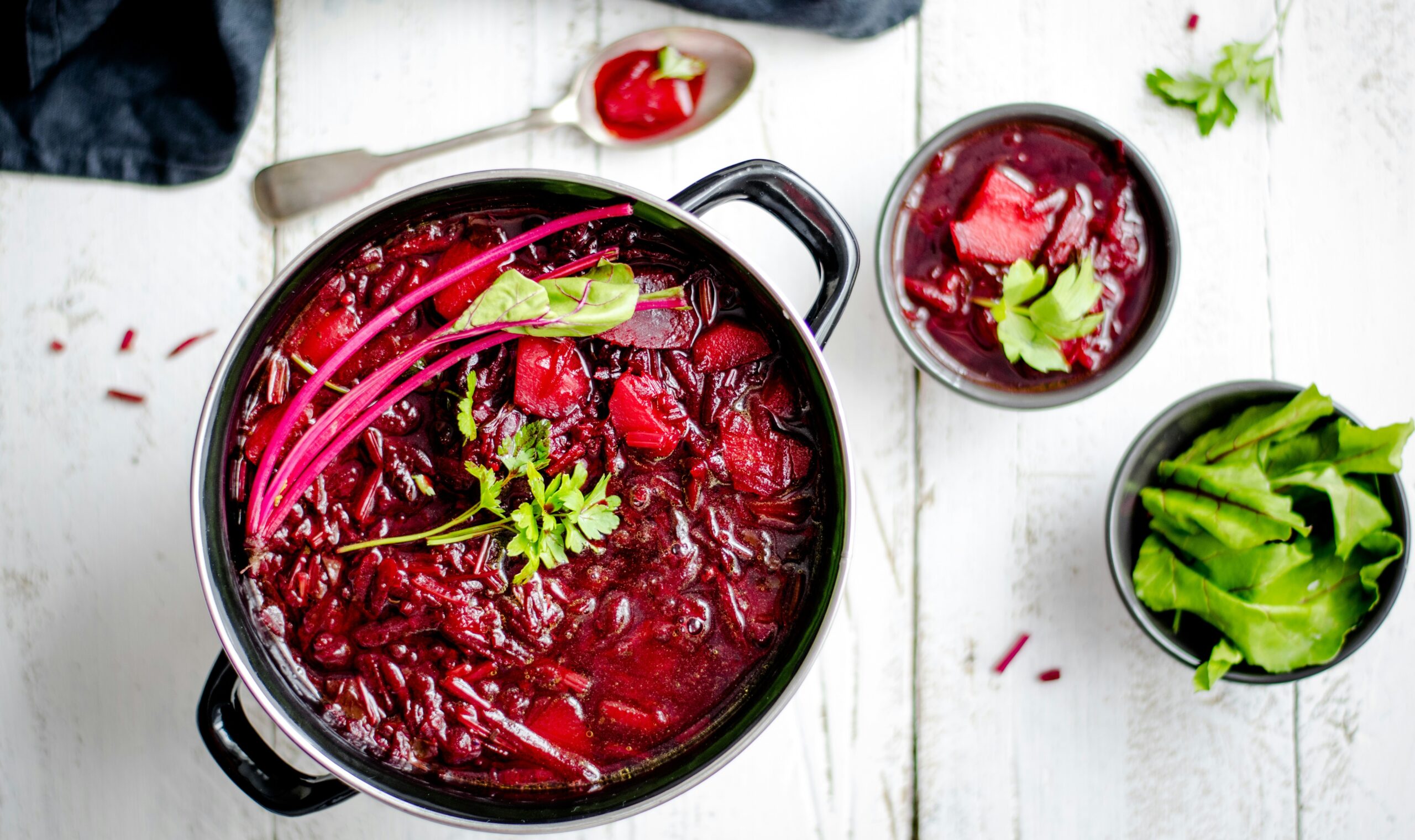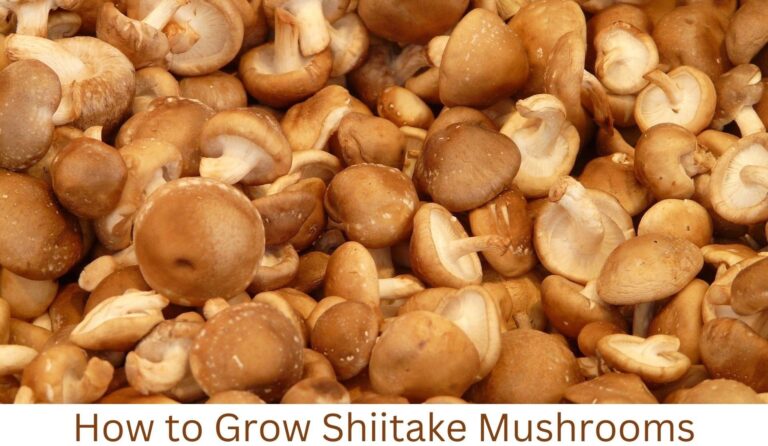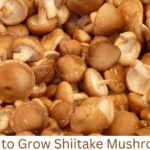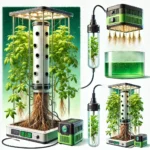Email: blogagri2@gmail.com
Beetroot Farming: Maximizing Yield

Introduction to Beetroot Farming
Beets have become an excellent source of nutrition as they can enhance health in various ways. Such an idea encourages seasoned farmers and gardening enthusiasts alike to engage in beetroot farming. For those who are considering larger scale production as well as looking to grow on a smaller scale, beetroot farming is a sustainable practice that is sure to spark excitement.
The soil type as well as the climate does not hinder the sustenance of beets, making their cultivation incredibly easy and rewarding. Their hardiness also creates many options with regards to culinary creativity. Please head over to the main content where we will take a closer view of growing, soil selection and preparation along with ways one can enhance the yield of such a phenomenal crop!
Benefits of Growing Beetroot
Beetroot is highly nutritious as it contains a variety of vitamins and minerals. This vegetable can easily be grown in a garden and can significantly boost one’s diet.
A key advantage is that it contains a lot of fibre which leads to improved digestion. Fibre is beneficial in sustaining a healthy gut and hence a person continues to feel great.
Moreover, beetroots are a good source of antioxidants especially betalains. These compounds help counter oxidative stress and may help reduce inflammation in the body.
Due to their gorgeous colours, beetroots improve the aesthetic appeal of food dishes. Fresh beetroot creates colour and taste when added to salads, smoothies, or roasted vegetables.
There is more to beetroots than just the root vegetable; beetroot leaves can also be consumed. They are also nutritious and widely known as beet greens, meaning people can gain additional nutrients while also reducing wastage of the crop.
Beetroot can positively impact the soil as it can help increase nutrient levels in it. This makes it an excellent companion plant to use when practising crop rotation.
Preparing the Soil for Beetroot Farming
To ensure a bountiful beetroot harvest, the preparation of the soil must be done perfectly. First and foremost, ensure that the site has proper drainage and receives adequate sunlight for an efficient harvest. Beetroot is known to flourish in sandy or loamy soil.
Subsequently, measure the pH of the soil that is available. For the strongest possible growth, the pH should sit between 6.0 and 7.0. If any adjustments are needed, add sulphur or lime to reduce acidity.
Make sure that organic material is added to the bed of the garden which will include compost or well-rotted manure. This will enhance the nutrient content of the soil and improve its structure to better facilitate root growth.
Tilling the soil up to 12 inches does wonders in breaking up compacted layers and establishing better air flow. Ensure the area is free of rocks and weeds too, as they can severely impact growth.
Lastly, do consider putting in balanced fertiliser before seeding to keep suitable nutrients available from the very start!
Choosing the Right Beetroot Variety
Choosing the best beetroot variety is essential for a high yield. There is a wide range from which one can choose the variety ideal for them. For instance, some types enjoy cooler regions more while there are types which are better suited to warmer climates.
Consider your local conditions and choose accordingly. For example, ‘Detroit Dark Red’ is renowned for its adaptability and rich flavor. It’s a favorite among many home gardeners.
If you’re looking for something different, try ‘Chioggia.’ This Italian heirloom boasts striking red-and-white concentric rings inside. Its visual appeal can set your produce apart at markets.
For those interested in early harvesting, ‘Early Wonder’ offers quick growth and tender roots. It’s perfect if you’re eager to enjoy fresh beets sooner rather than later.
Assess your goals—whether it’s taste, appearance, or yield—and select a variety that aligns with them. Experimenting with multiple types can also lead to exciting discoveries in your beetroot farming journey.
Planting and Caring for Your Beetroot Crop
When planting beetroot, timing is essential. Aim for early spring or late summer to ensure optimal growth. Prepare your seeds by soaking them in water overnight. This promotes germination and gives you a head start.
Space the seeds about 2-3 inches apart in rows that are 12-18 inches apart. Cover them lightly with soil and keep it moist during the initial weeks. Consistent watering helps develop strong roots.
As your beetroots grow, thinning out the seedlings will improve air circulation and nutrient access. Keep an eye on weeds; they compete for resources, so regular weeding is crucial.
Fertilizing every few weeks can boost growth significantly. Consider using organic fertilizers to enrich the soil without harmful chemicals. Monitor your plants for signs of stress or nutrient deficiencies carefully to maintain their health throughout the growing season.
Harvesting and Storing Your Beetroot
Timing is crucial when it comes to harvesting beetroot. The best time to pull them from the ground is when they reach a diameter of about 2 to 3 inches. This size ensures optimal flavor and texture.
Gently loosen the soil around the base using a spade or garden fork. Be careful not to damage the bulb, as this can affect its storage life. Grasp the leaves close to their base and pull steadily upward.
Once harvested, remove excess dirt by brushing gently with your hands or a soft brush. Avoid washing them until you’re ready for use; moisture can lead to rot during storage.
Store beetroot in cool, dark conditions. A root cellar works well if available. Alternatively, placing them in perforated plastic bags inside your refrigerator keeps them fresh for weeks—ideal for enjoying that earthy sweetness later!
Common Pests and Diseases in Beetroot Farming
Beetroot farming can be rewarding, but it comes with challenges. Pests and diseases are among the most significant threats to a successful harvest.
Common pests include aphids, which suck sap from plants and weaken them over time. These tiny insects can lead to stunted growth if not controlled early.
Another pest is the leaf miner, known for creating tunnels in beet leaves. This damage reduces photosynthesis and affects overall yield.
Diseases like downy mildew can also pose problems. It thrives in humid conditions and results in yellow spots on leaves, ultimately leading to decay.
Fungal infections such as cercospora leaf spot may develop under wet environments too. They create dark lesions that hinder plant vitality.
Regular monitoring of your crops helps catch these issues before they escalate. Implementing integrated pest management strategies will protect your beetroots effectively.
Tips for Maximizing Yield
To maximize your beetroot yield, start with proper spacing. Each plant needs room to grow without competition. Aim for 3 to 4 inches between seeds.
Fertility is crucial too. Use organic compost or well-rotted manure to enrich the soil before planting. Regularly test pH levels and adjust as necessary, aiming for a slightly acidic environment.
Watering consistently helps maintain healthy growth. Beetroots prefer steady moisture but avoid waterlogging, which can lead to rot.
Consider companion planting with crops like garlic or onions that naturally deter pests while providing beneficial nutrients to the soil.
Keep an eye out for weeds—remove them promptly. Weeds compete for resources and can significantly lower your harvest if not managed effectively.
Marketing and Selling Your Beetroot Produce
Marketing your beetroot produce effectively can set you apart in a competitive market. Start by identifying your target audience. Local restaurants, health food stores, and farmers’ markets are great places to begin.
Utilize social media platforms to showcase your beetroots. High-quality images of freshly harvested crops can attract potential buyers and build a following. Educational posts about the benefits of beets will engage health-conscious consumers.
Consider joining local co-ops or community-supported agriculture (CSA) programs. This approach fosters relationships with customers who value fresh, locally sourced produce.
Packaging matters too; eye-catching labels that highlight freshness can make a difference at the point of sale. Offering samples might entice shoppers to buy more than they initially planned.
Network with other farmers for collaborative marketing efforts as well. Teaming up can amplify visibility and expand customer reach while sharing costs and resources efficiently.
Conclusion
Mastering beetroot farming can set you on a path to success. It requires attention to detail, from soil preparation to choosing the right variety for your local climate. Each step plays a vital role in achieving maximum yield.
The benefits of growing beetroot extend beyond mere profit. You’re cultivating a nutritious crop that serves both your community and the environment. Proper care during planting and harvesting ensures that you reap the rewards of your hard work.
Being aware of common pests and diseases will help safeguard your plants, while tips for maximizing yield will enhance productivity significantly. With effective marketing strategies, you can connect with customers eager for fresh produce.
As you embark on this journey into beetroot farming, embrace each phase with enthusiasm and diligence. The effort put into every stage pays off when it comes time to enjoy the fruits of your labor—literally!







